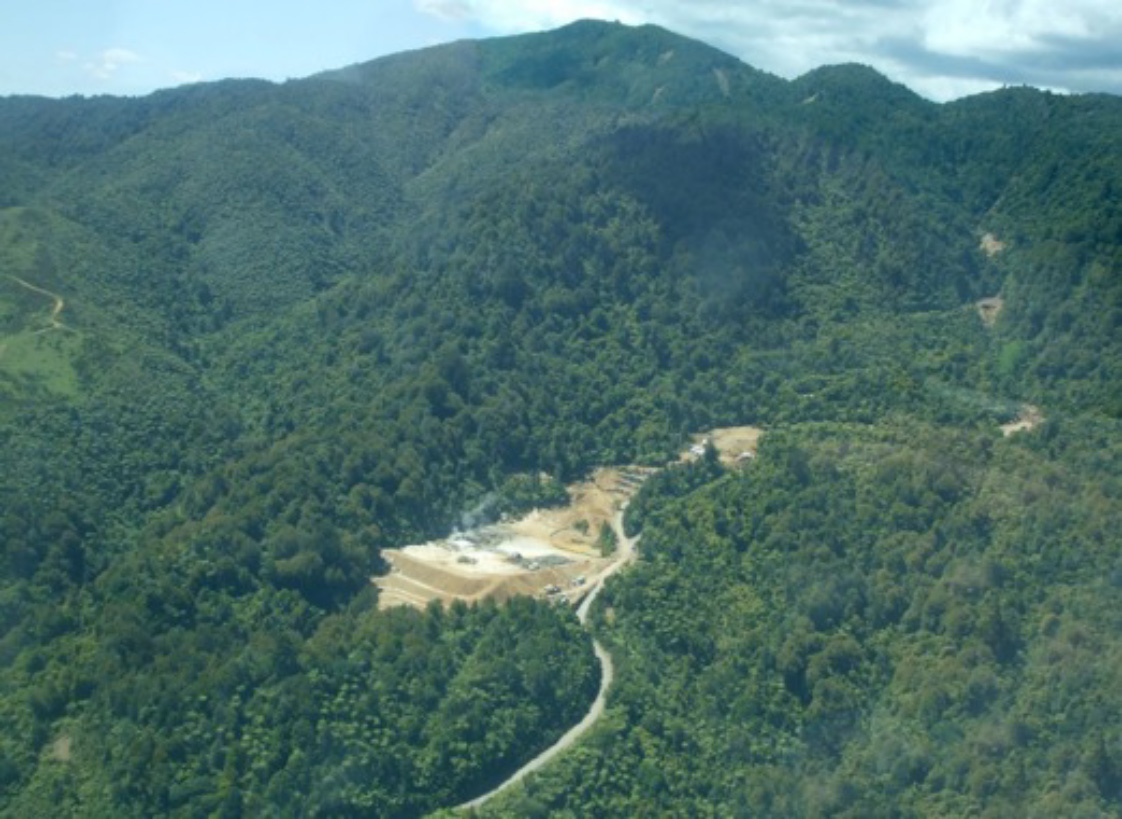Te Aroha, Waikato, New Zealand
February 21, 2022
Client
Products Utilised
When the Tui Mine on Te Aroha Maunga in the Waikato region of New Zealand’s North Island was abandoned by its bankrupt operators in 1975, the negative environmental legacy was significant. Heavy metals from acid rock drainage leached into local streams, while dammed tailings posed a risk of liquefying and flowing down the mountain. It was New Zealand’s largest contaminated site.
Graymont’s Quicklime and crushed limestone was an integral part of the solution.
The massive remediation project was split into two phases. The first focused on the required preparatory work, which involved detailed design, site establishment, and the creation of an access road. Graymont limestone bunds were built to neutralise groundwater acidity and contaminant loadings. Lime slurry was also injected as an alkaline solution to counter the strongly acidic conditions and immobilise heavy metals, reducing the amount of contaminants leaching into the local Tunakohoia Stream.
Phase Two focused on the stabilisation of the 130,000 m3 tailings (piles of ore and sand-sized crushed ore) and reduce leaching through in-situ and ex-situ amendment. A binder recipe comprising cement, high-calcium Quicklime and crushed limestone was applied. At full production, the stabilisation process used in excess of 170 tonnes of binder per day.
At Tui Mine, the saturated and contaminated soil was causing significant ecological damage. Graymont’s Quicklime helped reduce moisture content, permeability and plasticity, while increasing soil strength and stabilisation.
The completed project resulted in the strengthening and stabilisation of the tailings and underlying soils to create an engineered landform, protecting the surrounding ecological and environmental landscapes from further devastating contamination.
The $21.7million project involved the Ministry for the Environment, Waikato Regional Council, Matamata Piako District Council, Department of Conservation, and local iwi.
